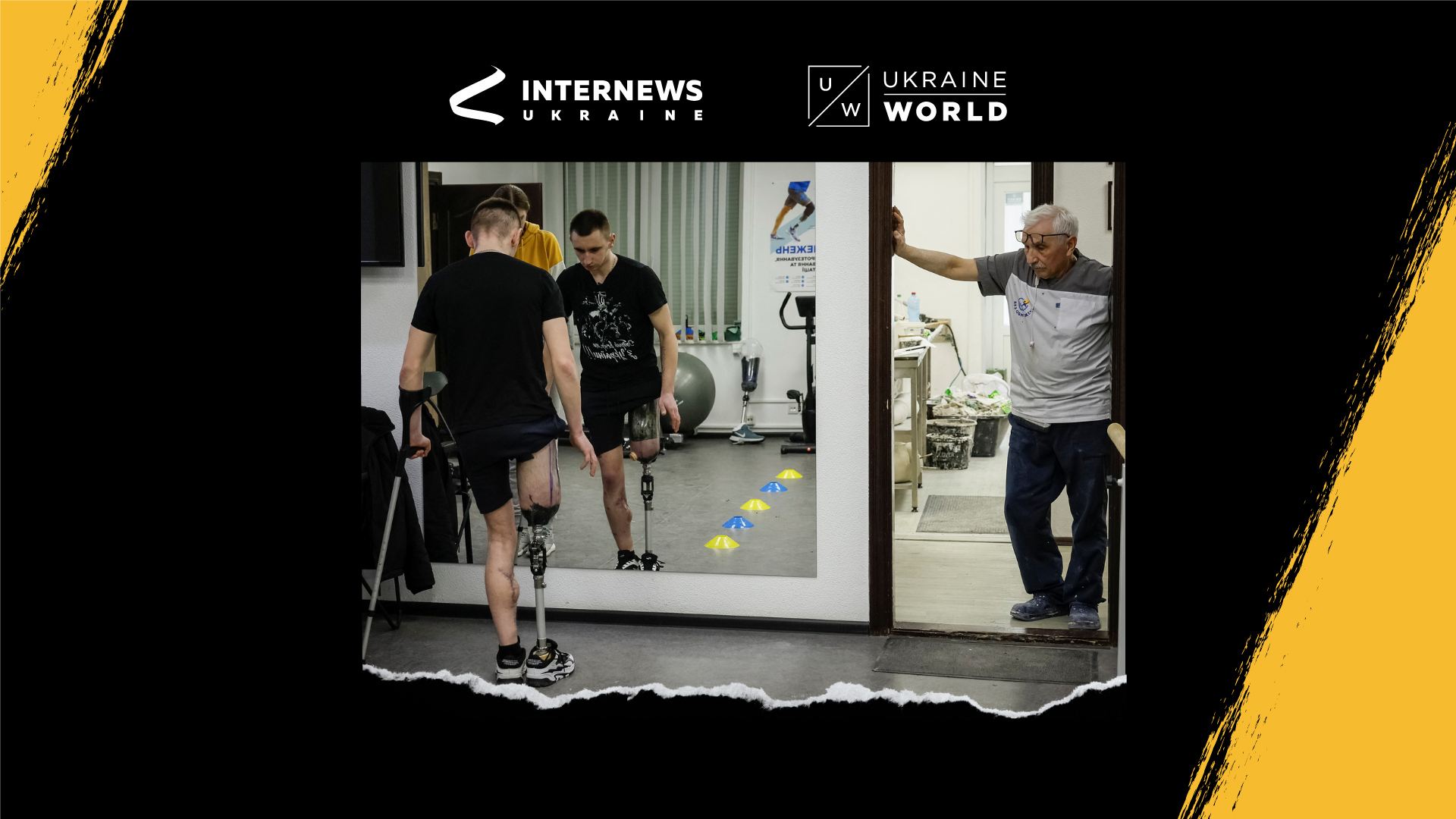
How does the whole process of rehabilitation ongo and is it inclusive in Ukraine?
UkraineWorld asked Oksana Zholnovych, Minister of Social Policy of Ukraine.
Key points – in our brief, #UkraineWorldAnalysis:
Previously, rehabilitation began only after being discharged from the hospital, as under Ukrainian legislation. Only after which they were allowed to go to a rehabilitation center, which added to the delays and slowed their recovery.
Now, the rehabilitation process has been moved to other medical facilities and interdisciplinary teams are already in the process of being formed in hospitals.
A social worker, for example, may assist a patient in obtaining a free prosthetic in the hospital.
During the pilot stage, there are 12 of these teams. The following year, every multidisciplinary team will have a social worker.
We care about systemic education. This year, for the first time, we launched a bachelor's and master's programme in Prosthetics at the Lviv Polytechnic University.
The work of a social worker is included in the package cost of the National Health Service, so the number of people involved in the process will grow.
A social worker will work alongside a psychologist, physical therapist, occupational therapist, prosthetist, and orthotist to treat the patient as soon as possible.
The state covers the cost of the prosthetic, which is estimated based on the individual's needs (weight, functionality, and activity).
However, prosthetics are sold on the open market by specialists who order their components themselves.
This is an economic activity that the Ministry of Social Policy cannot interfere in.
We set a maximum price for a prosthetic, and patients select a company to provide prosthetics based on their preferences and have noticed there are some waiting lists.
They appear, however, not because there aren't enough offers on the market, but because some companies are more popular than others, and people sign up for waiting lists with specific companies.
As a result, the distribution of patients among companies is unevenly distributed. Initially, there was a stir about going abroad for prosthetics.
But then people realised that our level of prosthetics is no worse – we have specialists and a market. Prosthetics need constant maintenance and for this, we have partners who help us improve our skills.
We currently have sufficient funds for prosthetics.
Volunteers continue to raise funds, and we have seen cases where a person receives three prosthetics: one from volunteers, one from us, and one from abroad.
As a result, some people have three prosthetics, while others have none.
We encourage volunteer initiatives that want to help collaborate with the Social Protection Fund for Persons with Disabilities so that the database contains complete data on prosthetic patients.
